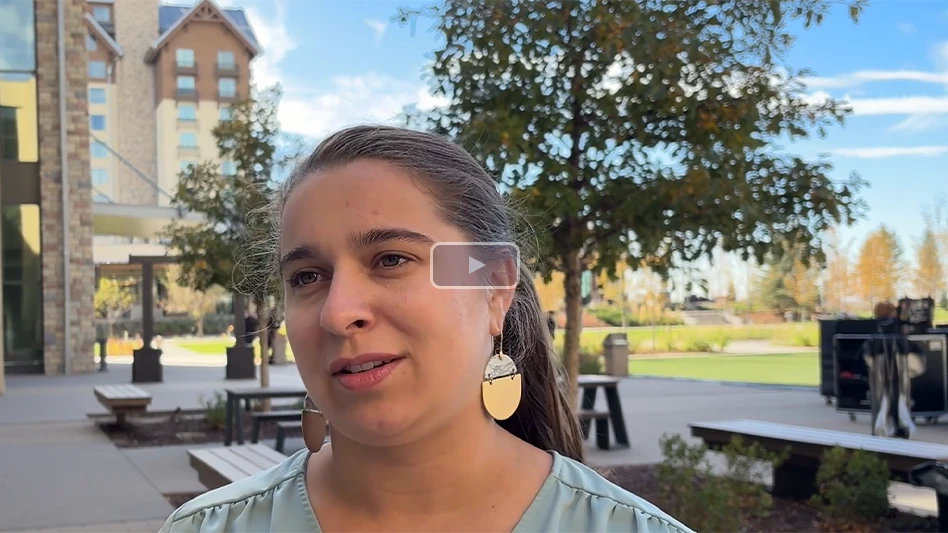
Editor's note: Jason and Lowell Boone, Better Off Dead Services (B.O.D.S.), Riverside, Calif., discovered a Formosan subterranean termite infestation in a Canyon Lake (Riverside County, Calif.) home, in June 2020 (read the PCT article).The infestation was confirmed by University of California-Riverside Professor of Entomology Dr. Chow-Yang Lee. Lee, along with co-authors Shu-Ping Tseng and Dong-Hwan Choe, recently had these findings published in the Journal of Economic Entomology. Here is a summary of their findings.
The Formosan subterranean termite, Coptotermes formosanus, is one of the world’s most invasive termite pest species (Rust and Su 2012, Global Invasive Species Database 2021). Believed to be originated from southern China and Taiwan, this species has dispersed to other parts of the world, including the United States. Some of the earliest records of the Formosan subterranean termite in the US were in Oahu (Hawaii) in 1907, Charleston (SC) in 1957, and New Orleans (LA) in 1966. It has now been established in at least 11 states, including Hawaii, Texas, Florida, North Carolina, Georgia, and Mississippi.
The Formosan subterranean termite was first discovered in California in La Mesa, San Diego County in 1992 (Atkinson et al. 1993). The original colony was baited (Haagsma et al. 1995), but newer infestations were found and were also baited, fumigated, or underwent corrective soil treatment (Rust et al. 1998). The program, however, was discontinued in 1997 due to funding shortage. In 2018, a pest management professional found another infestation of the Formosan subterranean termite in La Mesa, approximately 0.3 miles from the location in 1992, and proceeded to treat the termite colony.
In June 2020, BODS Pest Control found an active infestation of C. formosanus in a house in Canyon Lake. This location is about 65 miles north of La Mesa location (Figure 1). Swarming termites were found indoors, and considerable damages were seen on the wall panels, exterior walls, and bathroom floor on the 2nd floor.

The termites were collected from the infested site, soldier termites were examined under the microscope, and they were identified as C. formosanus (Figure 2). Furthermore, they were compared with the La Mesa samples (previously collected by Dr. Michael Rust, University of California Riverside). DNA techniques was used to determine the genetic differences between the three colonies collected. The gene sequences of 3 colonies were also compared with the genetic sequences of the Formosan subterranean termite samples from other parts of the world available in GenBank.
Results indicated that both La Mesa colonies (1992 and 2018) were identical, but they differed from the Canyon Lake colony. The La Mesa colonies were genetically similar to those from Asia, while the Canyon Lake colony resembled samples previously collected in Mississippi, Hawaii, Louisiana, Florida, and Georgia. In short, the La Mesa colonies were not related to the Canyon Lake colony, suggesting that the latter was from a separate introduction.

How widespread the infestation in Canyon Lake is remains unknown at this stage. Judging from the indoor swarms in late May and early June over the last eight years, it is possible that C. formosanus may have established in the neighborhood of the infested premises. The abundance of trees and plants, coupled with ample irrigation in Canyon Lake, could support its potential expansion and dispersal. Further sampling of the surrounding properties are warranted to delineate the presence of the Formosan subterranean termite in Canyon Lake.
Shu-Ping Tseng, Dong-Hwan Choe and Chow-Yang Lee are postdoctoral research, Associate Cooperative Extension Specialist and Professor & Endowed Presidential Chair in Urban Entomology, respectively, at the University of California, Riverside. Siavash Taravati is an Urban IPM Advisor with UCANR (Los Angeles office).
References
Atkinson, T. H., M. K. Rust, and J. L. Smith. 1993. The Formosan subterranean termite, Coptotermes formosanus Shiraki (Isoptera: Rhinotermitidae), established in California. Pan-Pac. Entomol. 69: 111–113.
Global Invasive Species Database (2021) Species profile: Coptotermes formosanus. Downloaded from http://www.iucngisd.org/gisd/species.php?sc=61 on 26-04-2021.
Haagsma, K., T. H. Atkinson, M. K. Rust, D. Kellum, and D. A. Reierson. 1995. Formosan subterranean termite established in California. Calif. Agric. 49: 30–33.
Rust, M. K., and N. Y. Su. 2012. Managing social insects of urban importance. Annu. Rev. Entomol. 57: 355–375.
Rust, M. K., D. A. Reierson, E. Paine, D. Kellum, and K. Haagsma. 1998. Ravenous Formosan subterranean termites persist in California. Calif. Agric. 52: 34–37.
Latest from Pest Control Technology
- Asian Cockroach vs. German Cockroach Identification Tips
- Pest Index Increased 12 Percent YOY in October
- Winter Insects are Cool
- Nancy Troyano on Pi Chi Omega's Jr. Entomology Program Bringing Applied Science to Youth
- Tick-Killing Fungus Research Underway at Nova Scotia University
- VAGA Hosts 8th Annual Veterans Thanksgiving Appreciation Dinner
- Happy Holidays from PCT Media Group!
- Rentokil Terminix Expanded in Key Markets with 2024 Acquisitions





